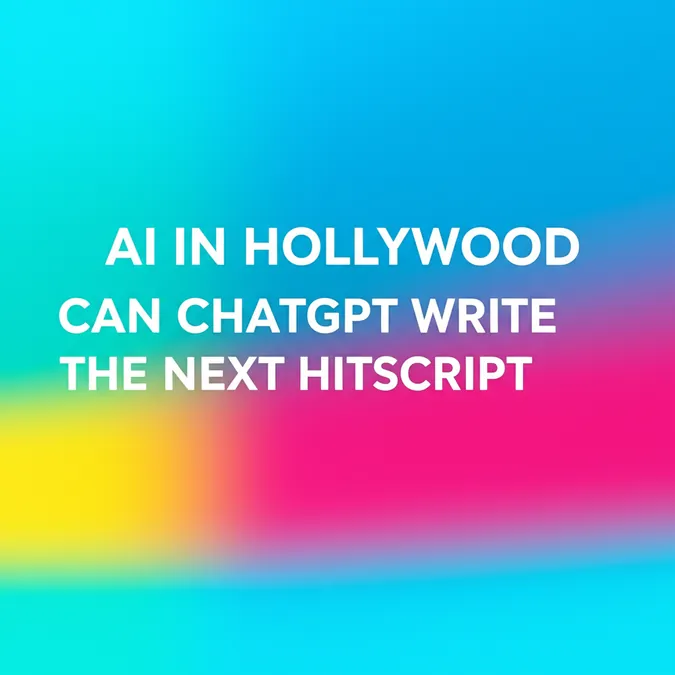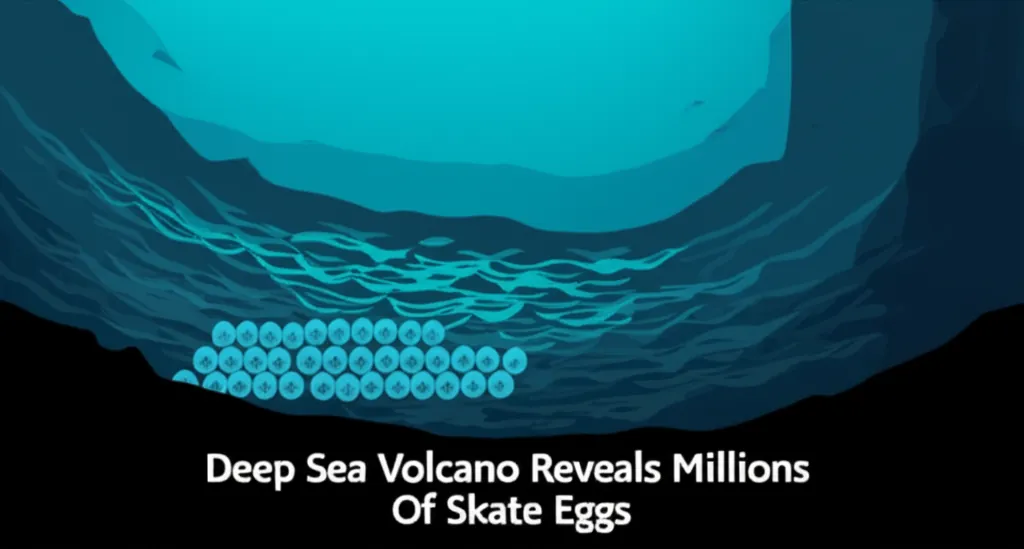AI Chatbots Reshaping Physics Student Learning
The Dawn of AI Assisted Physics Education
Students are increasingly leveraging the power of generative AI chatbots, such as ChatGPT, to enhance their understanding of complex subjects like physics. A notable examination by W. Brian Lane, featured in Nature Physics, delves into one student's specific interactions with ChatGPT while working on an exam recuperation assignment. This exploration also captures the student's valuable reflections on integrating AI into their learning journey.
AI Tutors The New Frontier in Physics Learning
The landscape of education is rapidly evolving, and physics, a subject often perceived as challenging, is no exception. Generative AI tools are emerging as potential aids, offering students instant access to explanations, problem-solving assistance, and a new way to engage with difficult concepts. The key question many educators and students are exploring is how to best utilize these tools to supplement traditional learning methods effectively and ethically.
A Closer Look Student ChatGPT Interaction for Exam Recovery
The study highlighted focuses on a practical application: using ChatGPT for an exam recuperation assignment. This scenario is particularly insightful as it tests the AI's ability to help students identify and correct misunderstandings after an assessment. The aim is not just to find answers but to foster a deeper comprehension of the underlying physics principles that may have been missed initially. This could involve asking the AI to explain concepts in different ways, break down complex problems, or even generate practice questions.
 Caption: An example of force diagrams potentially similar to those discussed in the student's interaction with ChatGPT. Image credit: ADDIE FOSTER (original source: Nature Physics)
Caption: An example of force diagrams potentially similar to those discussed in the student's interaction with ChatGPT. Image credit: ADDIE FOSTER (original source: Nature Physics)
Student Reflections The User Experience with AI
Crucially, the research considers the student's own reflections on using ChatGPT. This firsthand perspective is vital for understanding the practical benefits and drawbacks. Did the student find the AI helpful in clarifying doubts? Did it lead to a better grasp of the material, or did it feel like a shortcut? Were there instances where the AI's explanations were confusing or even incorrect? These reflections can provide educators with valuable insights into how students are actually experiencing these tools and how guidance might be shaped around their use.
Navigating the Future of AI in Physics Classrooms
The integration of AI like ChatGPT into physics education opens up a plethora of possibilities, from personalized learning paths to readily available academic support. However, it also brings challenges, including concerns about over-reliance, the accuracy of AI-generated information, and maintaining academic integrity. The work by Lane contributes to the growing body of research attempting to understand and navigate this new terrain. As AI tools become more sophisticated and accessible, ongoing dialogue and research are essential to harness their potential for enriching physics learning while mitigating potential risks.
This exploration is based on a comment piece by W. Brian Lane from the Department of Physics, University of North Florida, Jacksonville, FL, USA, published in Nature Physics (2025). (Cite this article). For more information from the author, you can search PubMed or Google Scholar.
Disclaimer: The original article preview indicates subscription content. For full access, options include institutional login or direct purchase from the publisher.


